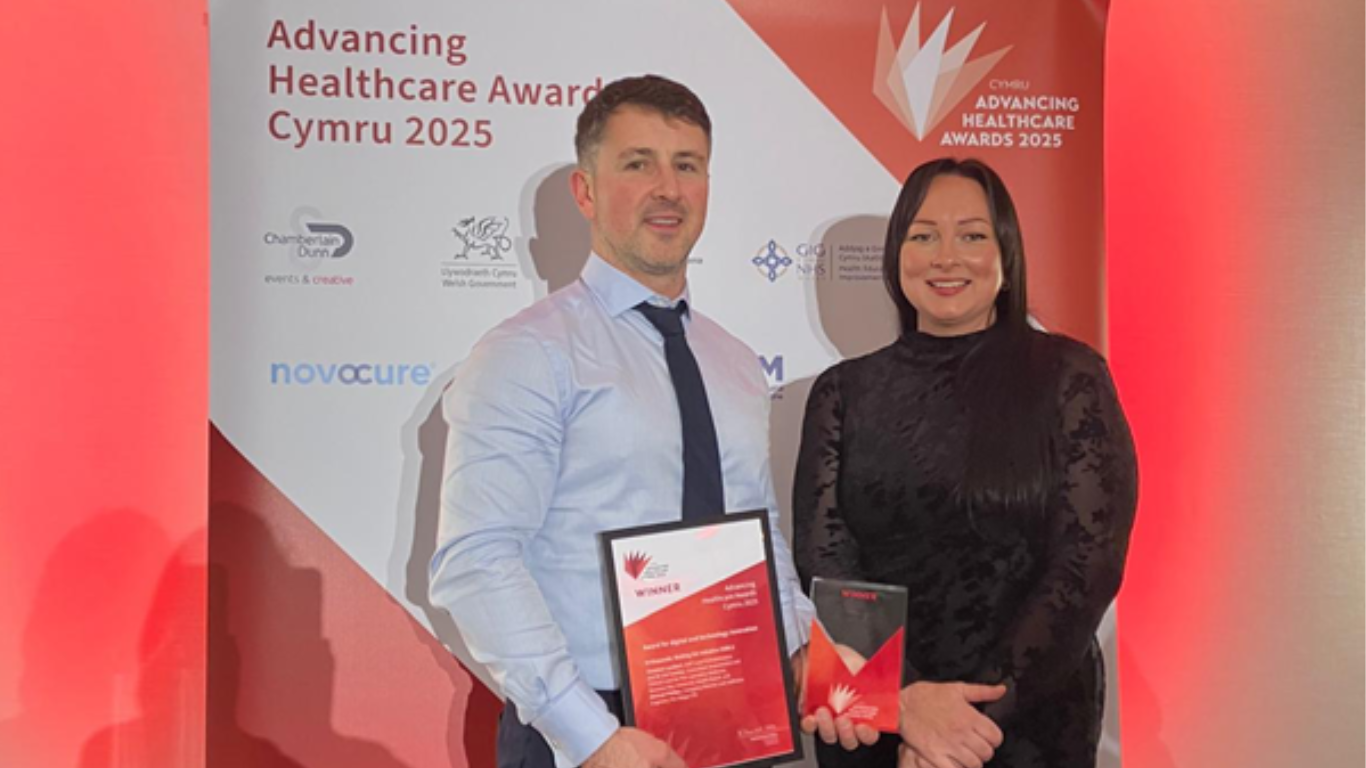The planet is under pressure from a growing population, one where the concept of living to 100 is more plausible than ever before. Hospitals need to adapt and become more resourceful, even while struggling with strenuous budget cuts, staff shortages and evolving threats from the flu, Covid-19, and potential future ailments.
The subsequent queues backing up global healthcare systems are drastic. Waiting lists encompass a full range of clinical meetings: a consulting session, a minor or major surgery, an MRI or CT scan, a diagnostic test, or the backlog for receiving cancer treatment. In the UK, orthopaedics comprises the longest lists of any speciality, with total hip and knee replacements costing the NHS 1.5% of its entire budget.
While pre-pandemic times were lengthy enough, they are numbers healthcare providers are striving to return to. Is that possible? By relieving operational burden through technology and turning a switch in how pathways are handled – particularly smoothing the operational cogs between doctors and patients – more efficient and satisfactory healthcare may thrive.
Beyond a number’s game
Waiting lists affect every branch of surgery. Orthopaedics, by example, is commonly slowed through multiple assessments of a patient’s validity for surgery, the costs for primary or secondary and implants, and supplying ample training to better coordinate an over-stretched workforce.
These ‘incomplete pathways’ – where patients face continual waiting times after a referral – saw NHS England’s lists double from 2.3 million people at the start of 2010 to 4.6 million by the end of that decade. Hit by the pandemic, waiting times have grown on average by 80,000 per month while an estimated 75,000 joint replacement cases were lost in 2020. Oftentimes patients can wait for over a year to be seen. 60% of surgeries are also cancelled on the day due to lack of staff and bedding.
The aforementioned metrics speak for themselves, yet the domino effect on public health and wellbeing goes beyond these measures too. Potential patients can be put off by backlogs and skip seeking care altogether. They may spend outside of their means in the private sector. Some may depend on opiates to cure ongoing pain. Sadly other patients may die before being seen to, and delays may worsen symptoms.
When initial prognosis becomes outdated, patients require repeated tests and may need more complex surgery than previously determined, causing further assessments, wait times, and greater human and material costs all along the healthcare pipeline
Projections for patient pathways
In 2020, the demand for joint replacements looked set to increase by 40%, owing to the fact that morbidity and high resource use defines orthopaedic surgery. While the pandemic has endured past its peak, projections from the healthcare sector indicate that a prolonged crisis is inevitable, and one to be dealt with using realistic measures that are, luckily, becoming adopted into common practice.
Waiting lists for the NHS differ by region, but overall it is estimated to still exceed those of pre-pandemic levels: a backlog of around 6.5 million by 2027. However, when medical teams and patients buy-in to seamless digital pathway experiences, resources and procedures can be catered better to fit individual needs and preferences. Siloed working, lost data, resource misallocation and time spent on assessing low-risk cases all amass the operational burden and extend the queue to surgery where, instead, a unified data-led programme can support thorough risk assessment and provide satisfaction to patients.
The idea of shared decision making seeks to speed up consultation too; educating patients on the pathways they’ll navigate should they, their families, carers and specialists openly agree to pursue them. So-called ‘prepared lists’ aim to improve the understanding of any benefits, risks or alternatives, all before the need for further tests or surgeries.This in turn reduces visits to health centres for consulting sessions and checks.
Now’s the time for a rethink
So while the research indicates strong ideals and plans to improve waiting list management, the proof is in the action. Using the NHS as an example, backlog recovery aims set out by the government are still shooting below par.
Healthtech providers are providing solutions to optimise triage. Not only can doctors and patients communicate about bespoke patient pathways through simple digitised workflows, but when only necessary meetings or surgeries are undertaken, resources and staffing costs are saved. More time can be assuredly spent on training staff to effectively accommodate patients in need and nurture them back to health in the most suitable ways possible.
A change in expectations as to how health is given and received may be a cultural shift, but with waiting lists still far from the levels we saw before Covid-19, that change is needed. The technology is available to help solve this queuing problem in significant ways. We may not need to wait so long for better health pathways for all – it’s a space that’s well worth watching.
Want to find out how PRO-MAPP can assist with patient pathways? Contact us.
Resources:
Royal College of Surgeons of England: Projections for primary hip and knee replacement surgery up to the year 2060: an analysis based on data from The National Joint Registry for England, Wales, Northern Ireland and the Isle of Man (2020) https://pubmed.ncbi.nlm.nih.gov/34939832/
British Journal of Anaesthesia: Turning ‘waiting lists’ for elective surgery into ‘preparation lists’ (2021)
https://www.bjanaesthesia.org.uk/article/S0007-0912(20)30676-0/fulltext
Institute of Fiscal Studies: The past and future of NHS waiting lists in England (2024)





















